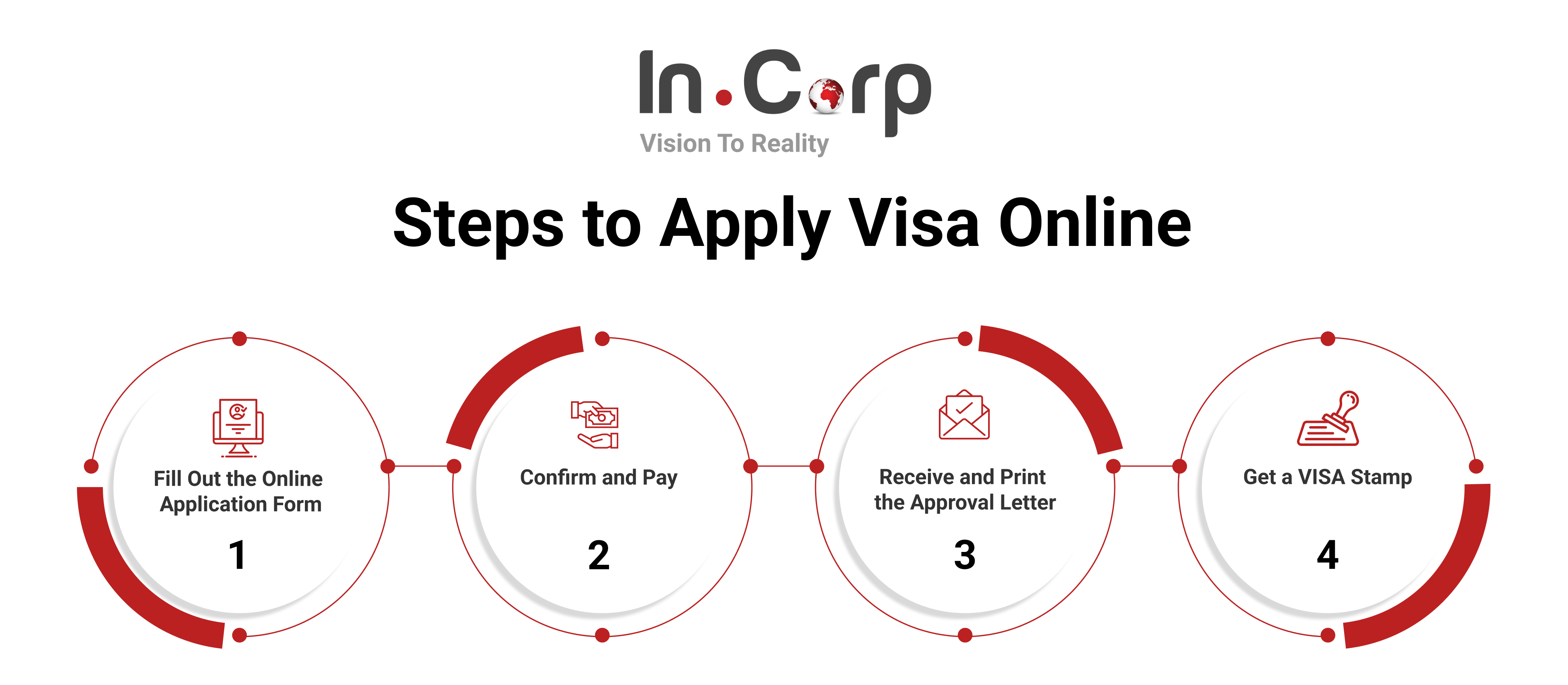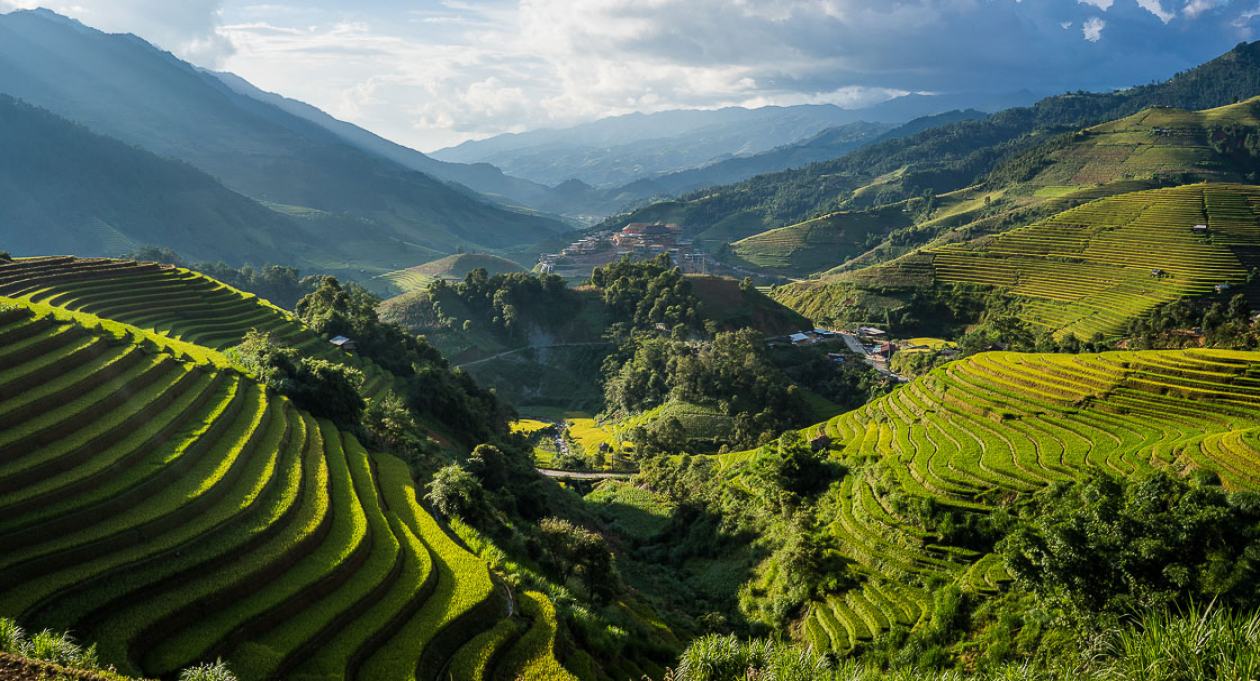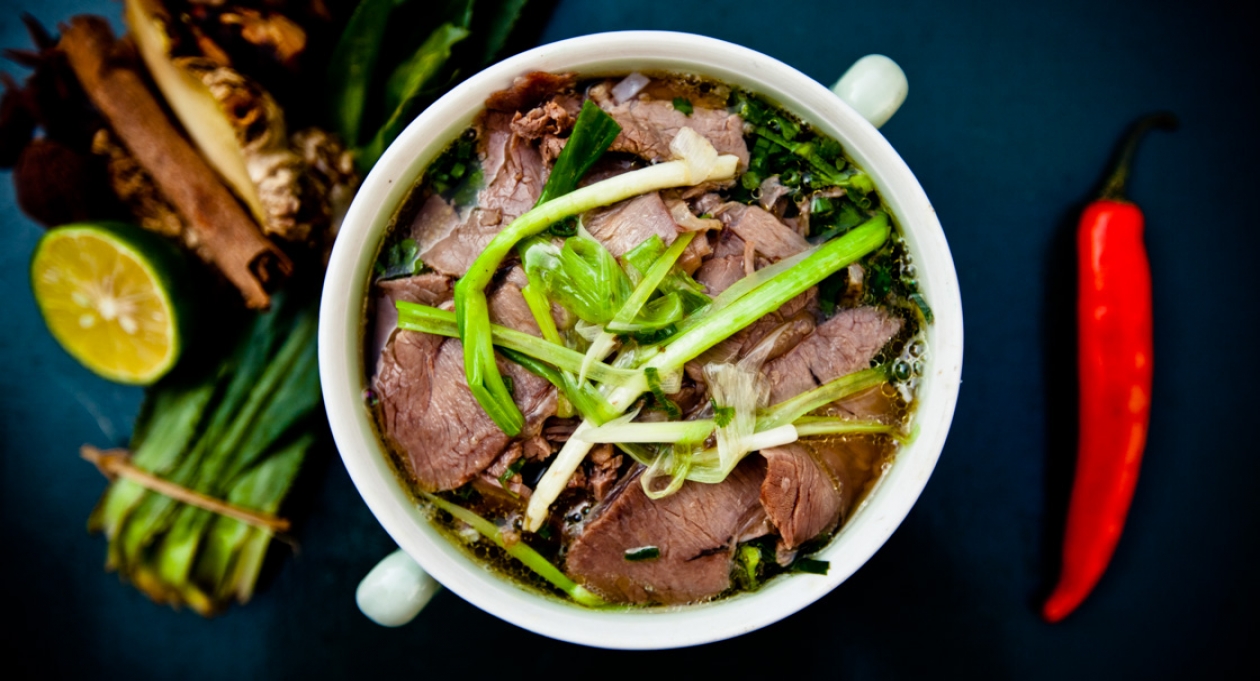Planning Your Dream Vietnam Travel Adventure
Vietnam, a land of captivating landscapes, vibrant culture, and delicious cuisine, beckons travelers from across the globe. From the bustling streets of Hanoi to the serene beauty of Ha Long Bay, Vietnam offers a diverse range of experiences. To ensure a smooth and unforgettable journey, careful planning is essential. This comprehensive guide provides essential Vietnam travel tips, covering everything from visas and transportation to cultural etiquette and culinary delights.
Essential Vietnam Travel Tips: Before You Go
Before embarking on your Vietnam adventure, it’s crucial to address some key preparations.
Visa Requirements: Navigating the Process
Understanding Vietnam’s visa requirements is paramount. The rules can change, so always verify the latest information with your local Vietnamese embassy or consulate.
* **Visa Exemption:** Citizens of certain countries may be eligible for visa-free entry for a limited period. Check if your nationality qualifies for this exemption.
* **E-Visa:** Vietnam offers an e-visa for eligible nationalities. This online application process is convenient and efficient. Apply well in advance of your trip, as processing times can vary.
* **Visa on Arrival (VOA):** While VOA used to be a popular option, it’s becoming less readily available and often requires pre-approval. Research and arrange this carefully through a reputable agency if you opt for VOA. Beware of scams.
* **Tourist Visa:** Apply for a tourist visa at your local Vietnamese embassy or consulate. This is generally the most reliable option, especially for longer stays.

Best Time to Visit: Understanding Vietnam’s Climate
Vietnam’s climate varies significantly from north to south. Consider the following when planning your trip:
* **Northern Vietnam (Hanoi, Sapa, Ha Long Bay):** The best time to visit is during the spring (March-April) and autumn (September-November) months, offering pleasant temperatures and less rainfall. Winter (December-February) can be cold and foggy, while summer (May-August) is hot and humid with frequent rain.
* **Central Vietnam (Da Nang, Hoi An, Hue):** The dry season (February-May) is ideal, with warm temperatures and sunshine. The rainy season (September-January) can bring typhoons and flooding.
* **Southern Vietnam (Ho Chi Minh City, Mekong Delta):** The dry season (December-April) is the best time to visit, with hot and humid weather. The rainy season (May-November) is characterized by afternoon showers.
Packing Essentials: What to Bring
Pack light but smart. Here’s a list of essential items:
* **Clothing:** Lightweight, breathable clothing is essential due to the humid climate. Pack layers for cooler evenings and air-conditioned spaces. Consider modest clothing for visiting temples and pagodas.
* **Footwear:** Comfortable walking shoes are a must for exploring cities and historical sites. Sandals or flip-flops are useful for beaches and casual wear.
* **Toiletries:** Bring travel-sized toiletries to save space. You can purchase most items locally, but it’s wise to have your essentials on hand. Consider packing insect repellent and sunscreen.
* **Medications:** Pack any necessary prescription medications, along with a copy of your prescription. It’s also advisable to bring basic first-aid supplies.
* **Electronics:** Don’t forget your phone, camera, and chargers. A universal adapter may be needed. Consider a portable power bank for charging devices on the go.
* **Documents:** Keep copies of your passport, visa, and travel insurance information separate from the originals. Scan and email copies to yourself for easy access.
Travel Insurance: Protecting Your Trip
Comprehensive travel insurance is essential to protect you against unexpected events, such as medical emergencies, trip cancellations, and lost luggage. Ensure your policy covers activities you plan to participate in, such as motorbiking or trekking.
Navigating Vietnam: Transportation and Accommodation
Vietnam offers a variety of transportation options to suit different budgets and preferences. Accommodation ranges from budget-friendly hostels to luxurious hotels.
Getting Around: Transportation Options
* **Flights:** Domestic flights are a convenient way to travel long distances between cities. Vietnam Airlines, Vietjet Air, and Bamboo Airways are popular domestic carriers. Book flights in advance, especially during peak season.
* **Trains:** Train travel is a scenic and comfortable way to explore the country. The Reunification Express runs the length of Vietnam, connecting major cities. Book tickets in advance, especially for overnight trains.
* **Buses:** Buses are the most affordable mode of transportation, but they can be crowded and uncomfortable. Sleeper buses are a good option for long-distance travel.
* **Motorbikes:** Renting a motorbike is a popular way to explore smaller towns and rural areas. However, be aware of the traffic conditions and ensure you have a valid license and travel insurance that covers motorbike accidents. Always wear a helmet.
* **Taxis and Ride-Hailing Apps:** Taxis and ride-hailing apps like Grab are readily available in major cities. Agree on the fare beforehand or use a metered taxi to avoid overcharging.
* **Cyclos:** Cyclos (three-wheeled bicycle taxis) are a fun and unique way to explore city streets, but negotiate the fare before you hop on.

Accommodation Options: From Hostels to Hotels
* **Hostels:** Hostels are a budget-friendly option, offering dorm rooms and private rooms. They’re a great way to meet other travelers.
* **Guesthouses:** Guesthouses provide simple and affordable accommodation, often run by local families.
* **Hotels:** Vietnam offers a wide range of hotels, from budget-friendly options to luxurious resorts. Book in advance, especially during peak season.
* **Homestays:** Homestays offer a unique cultural experience, allowing you to stay with a local family and learn about their traditions.
Exploring Vietnam: Top Destinations and Activities
Vietnam boasts a wealth of attractions, from bustling cities to stunning natural landscapes. Here are some of the top destinations and activities:
Hanoi: The Charming Capital
Hanoi, the capital of Vietnam, is a city of ancient temples, bustling markets, and delicious street food. Explore the Old Quarter, visit Hoan Kiem Lake, and learn about Vietnamese history at the Ho Chi Minh Mausoleum.
* **Hoan Kiem Lake:** The heart of Hanoi, this serene lake is surrounded by temples, pagodas, and picturesque scenery.
* **Old Quarter:** A maze of narrow streets filled with shops, restaurants, and street food vendors.
* **Ho Chi Minh Mausoleum:** The final resting place of Ho Chi Minh, the founder of modern Vietnam.
* **Temple of Literature:** Vietnam’s first university, dating back to the 11th century.
* **Water Puppet Show:** A traditional Vietnamese art form featuring puppets performing on water.
Ha Long Bay: A Natural Wonder
Ha Long Bay, a UNESCO World Heritage Site, is a breathtaking landscape of limestone karsts and emerald waters. Take a cruise, kayak through the bay, and explore hidden caves.
* **Cruise:** A cruise is the best way to experience the beauty of Ha Long Bay. Choose from day cruises or overnight cruises.
* **Kayaking:** Explore the bay’s hidden caves and lagoons by kayak.
* **Swimming:** Take a dip in the emerald waters of Ha Long Bay.
* **Hiking:** Hike to the top of one of the islands for stunning views of the bay.
Hoi An: The Ancient Town
Hoi An, a UNESCO World Heritage Site, is a charming ancient town with well-preserved architecture, tailor shops, and delicious cuisine. Get clothes tailored, explore the Japanese Covered Bridge, and relax on An Bang Beach.
* **Japanese Covered Bridge:** A symbol of Hoi An, this historic bridge connects the Japanese and Chinese quarters of the town.
* **Tailor Shops:** Hoi An is famous for its tailor shops, where you can get custom-made clothing at affordable prices.
* **An Bang Beach:** A beautiful beach located just a few kilometers from Hoi An.
* **Hoi An Ancient Town:** Wander through the narrow streets, admire the historic buildings, and soak up the atmosphere.
Ho Chi Minh City: The Dynamic Metropolis
Ho Chi Minh City, formerly Saigon, is a dynamic metropolis with a rich history, modern skyscrapers, and vibrant nightlife. Visit the War Remnants Museum, explore the Cu Chi Tunnels, and sample the city’s diverse culinary scene.
* **War Remnants Museum:** A sobering museum that documents the Vietnam War.
* **Cu Chi Tunnels:** An extensive network of underground tunnels used by the Viet Cong during the war.
* **Notre-Dame Cathedral:** A beautiful cathedral built in the late 19th century.
* **Central Post Office:** A historic post office designed by Gustave Eiffel.
* **Ben Thanh Market:** A bustling market where you can find everything from souvenirs to street food.
Sapa: Trekking in the Mountains
Sapa, located in the northern mountains of Vietnam, is a popular destination for trekking and experiencing the local hill tribe cultures. Hike through rice terraces, visit ethnic minority villages, and enjoy stunning mountain views.
* **Rice Terraces:** Sapa is famous for its stunning rice terraces, which are carved into the hillsides.
* **Ethnic Minority Villages:** Visit the villages of the Hmong, Dao, and other ethnic minority groups.
* **Mount Fansipan:** The highest peak in Indochina, offering challenging hiking opportunities.
* **Cat Cat Village:** A picturesque village located near Sapa town.

Mekong Delta: Floating Markets and River Life
The Mekong Delta, a vast network of rivers and canals in southern Vietnam, is a fascinating region to explore by boat. Visit floating markets, explore fruit orchards, and experience the unique river life.
* **Floating Markets:** Cai Be and Cai Rang are two of the most popular floating markets in the Mekong Delta.
* **Fruit Orchards:** Sample fresh tropical fruits at local fruit orchards.
* **Boat Trips:** Take a boat trip through the canals and rivers of the Mekong Delta.
Vietnam Travel Tips: Culture and Etiquette
Respecting Vietnamese culture and etiquette is essential for a positive travel experience.
Greetings and Communication
* **Greetings:** The traditional Vietnamese greeting is a bow, although handshakes are becoming more common, especially in business settings. When greeting someone older or of higher status, show respect by bowing slightly lower.
* **Addressing People:** Address people by their titles (Mr., Mrs., Miss) followed by their given name. Using first names is generally reserved for close friends and family.
* **Body Language:** Avoid pointing with your finger, as it is considered rude. Do not touch someone’s head, as it is considered the most sacred part of the body. Avoid public displays of affection.
* **Voice Level:** Keep your voice level low in public places. Loud talking is considered impolite.
Dining Etiquette
* **Chopsticks:** Use chopsticks for eating most Vietnamese dishes. Do not stick your chopsticks upright in your rice bowl, as this resembles a funeral offering.
* **Sharing Food:** Sharing food is common in Vietnam. Offer food to others before serving yourself.
* **Drinking Etiquette:** When toasting, it’s customary to say “Chúc mừng!” (Cheers!). It’s polite to pour drinks for others before pouring for yourself.
* **Paying the Bill:** The person who invited the group to dine usually pays the bill. However, it’s acceptable to offer to split the bill.
Temple Etiquette
* **Dress Code:** Dress modestly when visiting temples and pagodas. Cover your shoulders and knees. Remove your shoes before entering the main prayer hall.
* **Behavior:** Maintain a respectful demeanor. Avoid loud talking and inappropriate behavior.
* **Photography:** Ask for permission before taking photos inside temples.
* **Offerings:** You may make a small donation to the temple. Light incense and offer prayers.
Bargaining
Bargaining is common in markets and tourist areas. Start by offering a lower price than the asking price, and be prepared to negotiate. Be polite and respectful, and don’t get angry if you can’t reach an agreement.
Vietnam Travel Tips: Food and Drink
Vietnamese cuisine is renowned for its fresh ingredients, vibrant flavors, and diverse dishes. Here are some culinary tips to enhance your experience:
Must-Try Dishes
* **Pho:** Vietnam’s national dish, a flavorful noodle soup with beef or chicken.
* **Banh Mi:** A delicious sandwich filled with various meats, vegetables, and sauces.
* **Goi Cuon (Fresh Spring Rolls):** Translucent rice paper rolls filled with vermicelli noodles, vegetables, and shrimp or pork.
* **Bun Cha:** Grilled pork served with rice noodles and a dipping sauce.
* **Cao Lau:** A Hoi An specialty, featuring thick noodles, pork, and vegetables in a flavorful broth.
* **Banh Xeo:** A crispy crepe filled with shrimp, pork, and bean sprouts.

Street Food Safety
* **Choose Reputable Vendors:** Look for vendors with a high turnover of customers and clean cooking practices.
* **Cooked Fresh:** Opt for food that is cooked fresh in front of you.
* **Avoid Raw Vegetables:** Be cautious about eating raw vegetables, as they may not be washed properly.
* **Drink Bottled Water:** Avoid drinking tap water. Stick to bottled water or filtered water.
Drinks to Try
* **Ca Phe Sua Da (Vietnamese Iced Coffee):** Strong coffee brewed with condensed milk and served over ice.
* **Bia Hoi (Fresh Beer):** A light and refreshing beer that is brewed daily and sold at local bars.
* **Nuoc Mia (Sugarcane Juice):** A sweet and refreshing juice made from sugarcane.
* **Tra Da (Iced Tea):** A popular beverage served at most restaurants and cafes.
Staying Safe and Healthy in Vietnam
While Vietnam is generally a safe country, it’s important to take precautions to protect your health and safety.
Health Precautions
* **Vaccinations:** Consult your doctor about recommended vaccinations for Vietnam. Common vaccinations include hepatitis A, typhoid, and tetanus.
* **Mosquito-Borne Diseases:** Protect yourself from mosquito bites by wearing long sleeves and pants, using insect repellent, and sleeping under a mosquito net. Dengue fever and Zika virus are present in Vietnam.
* **Food and Water Safety:** Be careful about what you eat and drink. Stick to bottled water, avoid raw vegetables, and choose reputable vendors.
* **Sun Protection:** Protect yourself from the sun by wearing sunscreen, a hat, and sunglasses.
Safety Tips
* **Petty Theft:** Be aware of petty theft, especially in crowded areas. Keep your valuables close to you and avoid displaying expensive jewelry.
* **Scams:** Be cautious of scams, such as overcharging for goods and services. Negotiate prices beforehand and be wary of unsolicited offers.
* **Traffic Safety:** Traffic in Vietnam can be chaotic. Be careful when crossing the street and avoid driving a motorbike if you are not experienced.
* **Emergency Numbers:** Know the emergency numbers for police, fire, and ambulance.
Final Thoughts: Embracing the Vietnam Experience
Vietnam offers a unique blend of history, culture, and natural beauty. By following these Vietnam travel tips, you can ensure a smooth, safe, and unforgettable adventure. Embrace the local culture, savor the delicious cuisine, and be prepared to be captivated by the beauty of this incredible country.
[IMAGE: A panoramic view of Ha Long Bay at sunset]
[INTERNAL LINK: Vietnam culture | Vietnamese etiquette]
Remember to stay flexible, be open to new experiences, and enjoy the journey! With a little planning and preparation, your Vietnam travel adventure will be one you’ll cherish for a lifetime.


